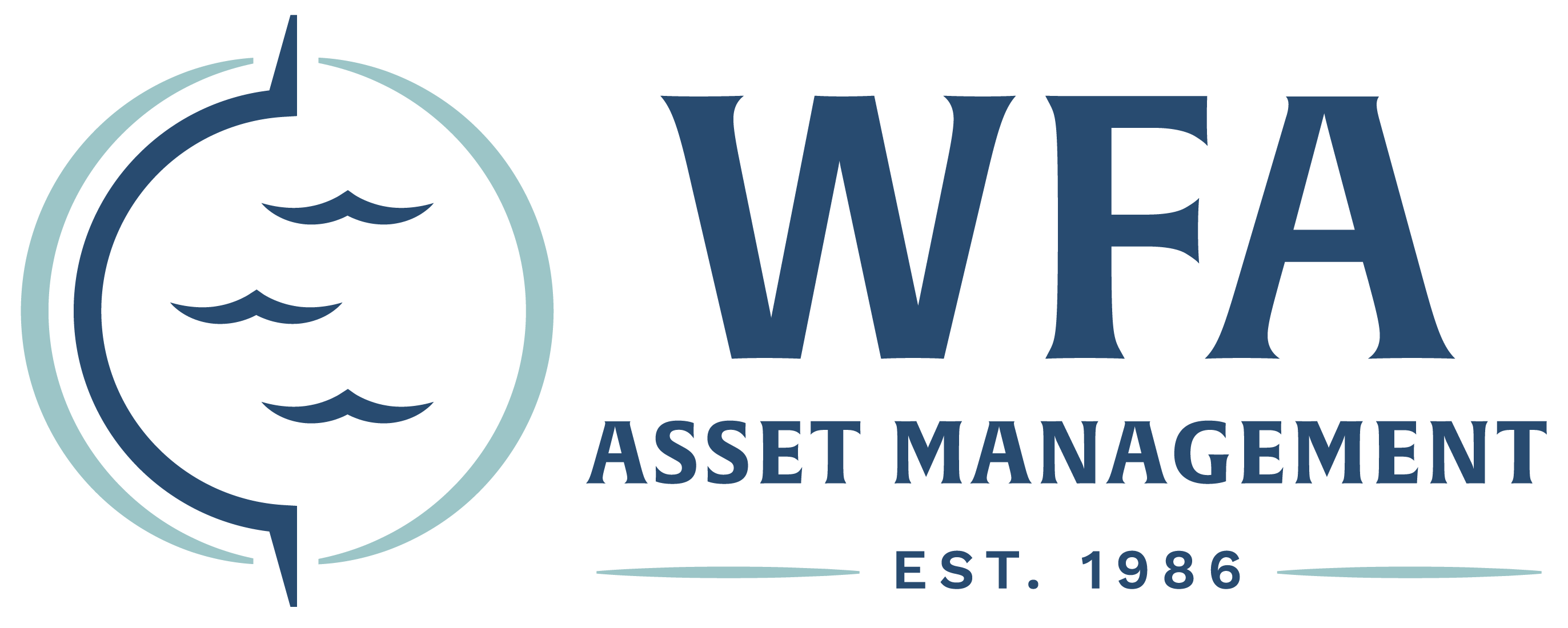Most students have two main options for student loans: federal (government) loans or private loans from banks, credit unions, and other lenders. You should research all your options for federal loans, also known as Direct loans, before shopping around for private loans.
The types of loans are:
- Direct Subsidized: A federal loan for undergraduate students. You don’t get charged interest while you’re in school. The available loan amount is based on financial need determined from your FAFSA application.
- Direct Unsubsidized: A federal loan that any undergraduate or graduate student can get (as long as you haven’t reached your lifetime borrowing limit). You are charged interest while you are in school. To cut costs, pay the interest as you go.
- Direct PLUS: Federal loans for the parents of undergraduate students, or for graduate and professional students. You must pass a credit check to get these loans.
- Private: Loans offered by banks or credit unions. You should shop around for the best offer you can find. Students generally need a parent or other family member to co-sign.
Depending on where you live and other factors, you may have other options. Some states provide low-cost education loans for residents. There are also nonprofits and other organizations that offer low- or zero-interest student loans, often within a specific city or state.
Learn more about choosing a loan that’s right for you, here.
